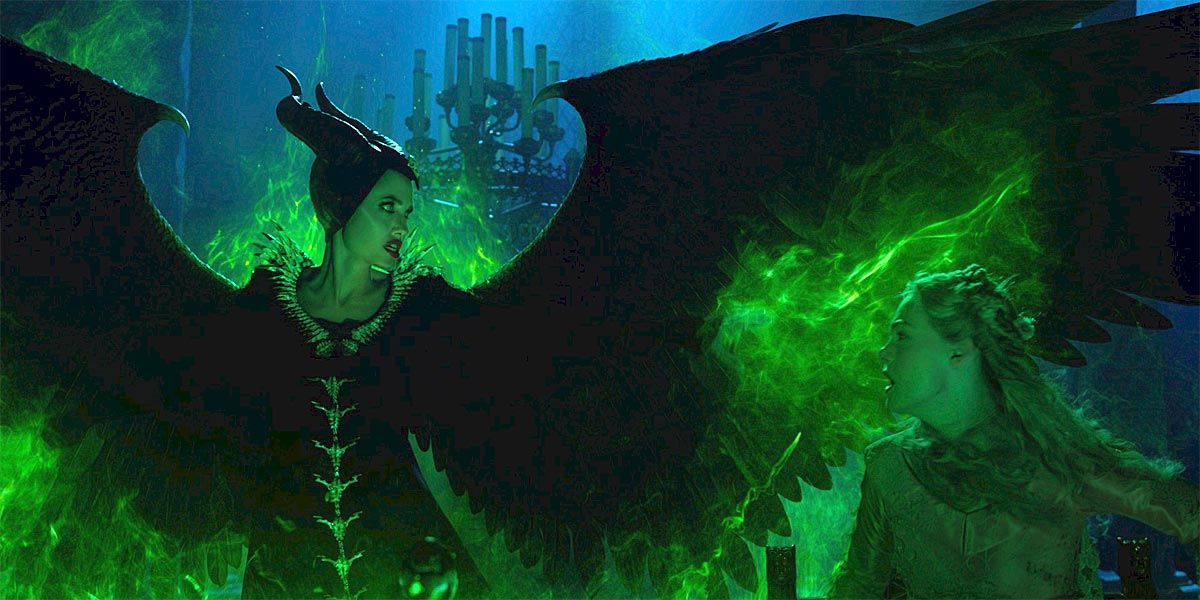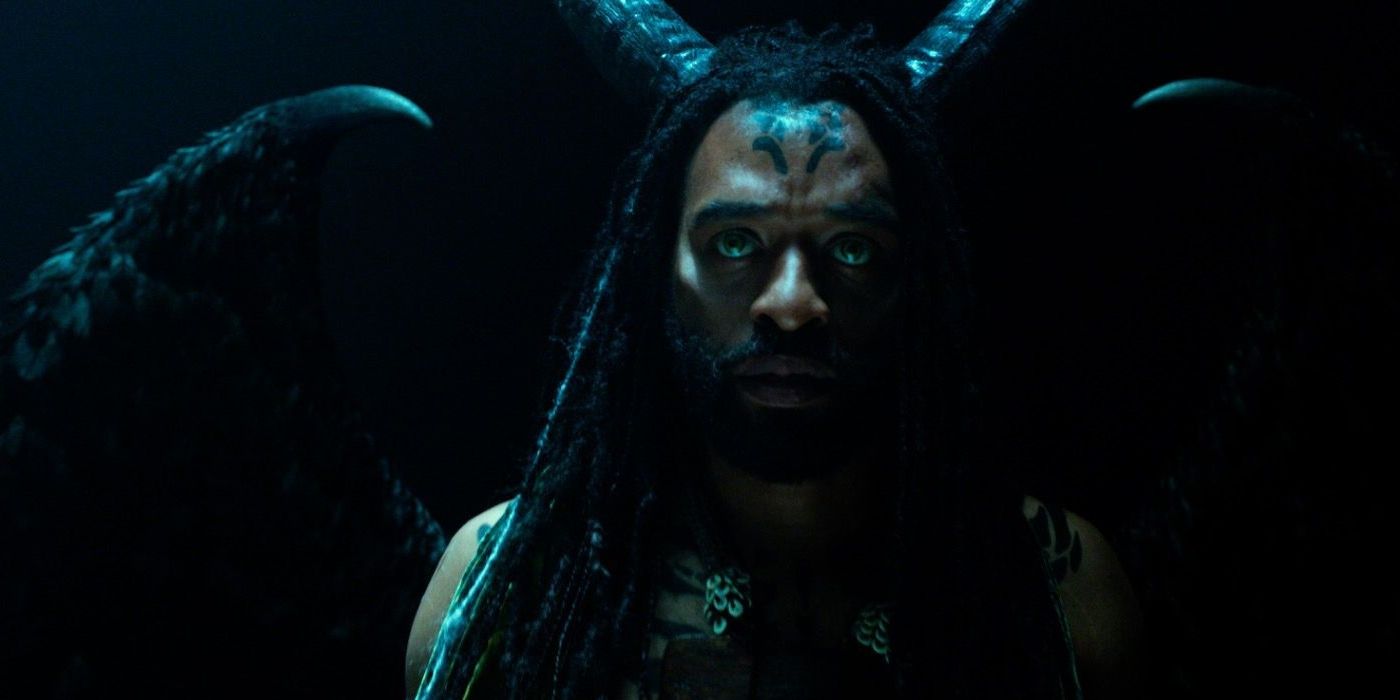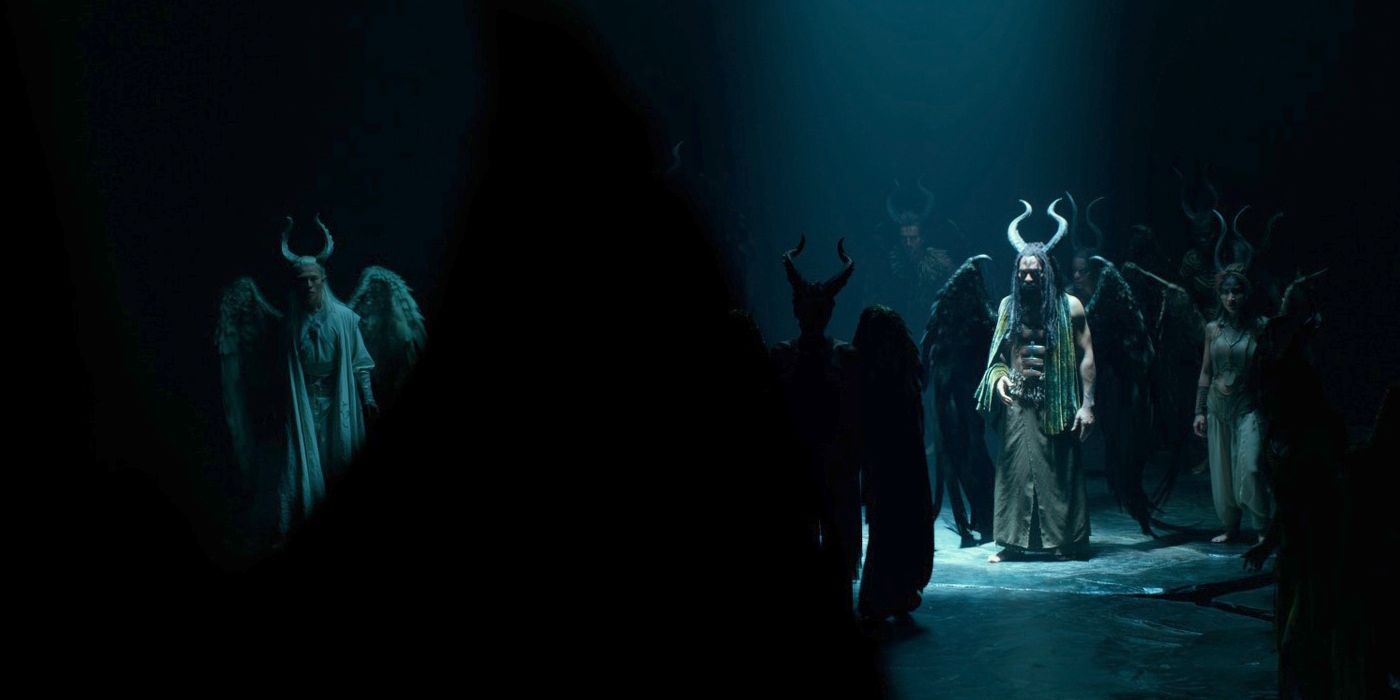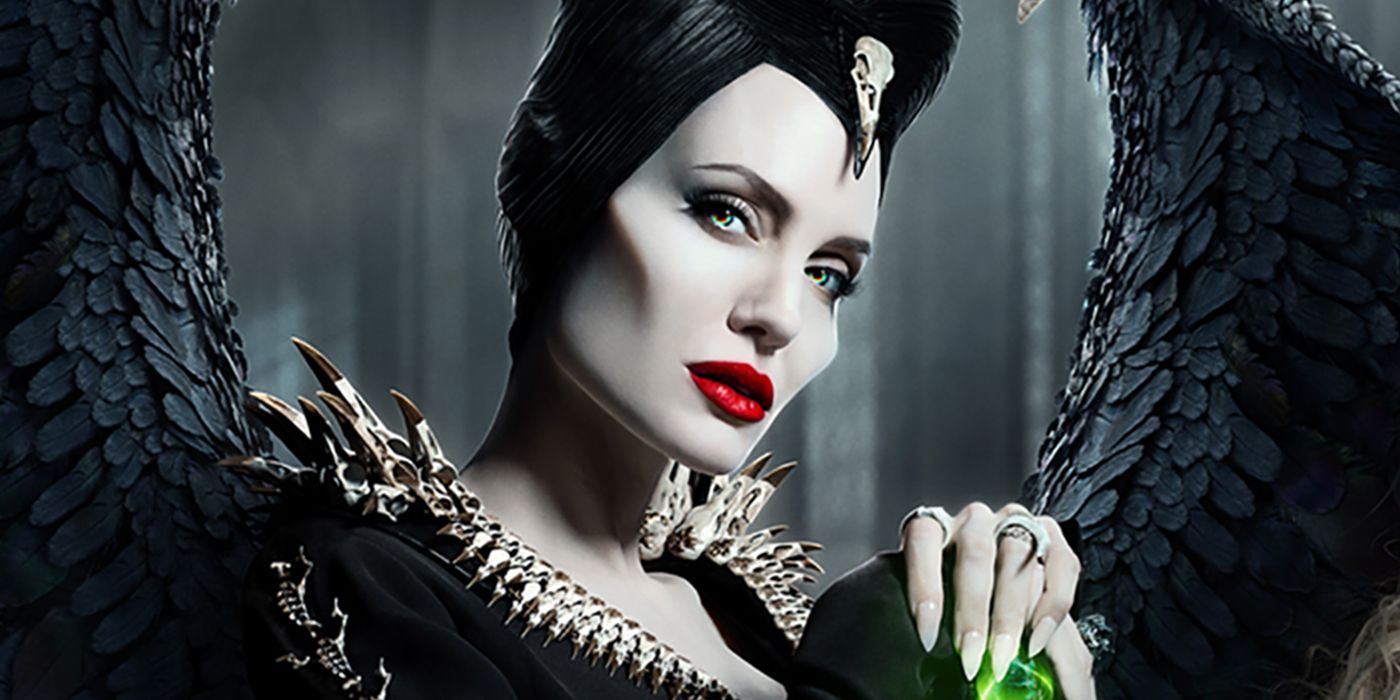WARNING: The following contains spoilers for Disney's Maleficent: Mistress of Evil, in theaters now.
For most of its runtime, Maleficent: Mistress of Evil explores the massive fantasy world it's created. This means Maleficent (Angelina Jolie) meets more characters of her own kind, including Conall (Chiwetel Ejiofor) and Borra (Ed Skrein). The relationship between the two new Dark Fairies is defined by a dispute over the course of action they should take, which sets up an interesting parallel with another franchise owned by Disney.
Maleficent: Mistress of Evil sets itself apart from the other Disney live-action remakes by taking inspiration more from X-Men than from Sleeping Beauty.
The Debate
After being seriously wounded fleeing a disastrous dinner with Phillip's (Harris Dickinson) family, Maleficent is saved from certain death by Conall. A fellow Dark Faerie, he takes her to his secret home, the last sanctuary of all the remaining Dark Faeries from around the world. Maleficent wakes up to a massive debate between Conall and Borra. Borra is rallying the other Dark Faeries to go to war with the humans who drove them from their original homes. But Conall argues that all-out war would doom their kind. Instead, they must either continue to hide from humanity or find a way to coexist with them peacefully.
Both men see Maleficent as a means to their goals. Maleficent's unique and destructive magical power could topple armies all on its own. If Borra can recruit her to his cause, then the Dark Fairies might have a better chance of winning a war with the humans. But Conall points to Maleficent's true motherly love for Aurora (Elle Fanning) as proof that the two species can find a way to live harmoniously.
Ethics Of Fighting
The debate is very similar to one of the overall themes of the X-Men franchise. Like the Dark Faeries, the mutants in X-Men are persecuted and often forced to flee from the humans that aim to do them harm. The downtrodden find a vengeful champion in Magneto, who wants to conquer humanity before they have the opportunity to wipe out the rest of mutant-kind. He's opposed by fellow mutant Charles Xavier, who believes that peace can be found and war can be avoided.
Borra is the stand-in for Magneto, trying to convince the other powerful members of his species that preemptively attacking their enemies is their only chance for survival. But just like with the X-Men, while Borra seriously disagrees with Conall, he also cares about him. None of the Dark Faeries hate each other, even if they find themselves on opposing sides of the debate over what to do to try to save their people. There's a sense of community between them, even when they disagree. This mirrors the sense of connection that the X-Men tend to have with Magneto, even when they're actively fighting him.
A Happy Ending
even ends in a way that would be fitting for the X-Men mythos (and has been toyed with in the past.) While showing her the damage humanity casually commits by destroying the Tomb Blooms, Borra and Maleficent are ambushed by a group of soldiers. They fire an initial volley straight at Maleficent, but Conall flies in front of her and takes multiple shots to the back. Maleficent and Borra take out the attackers, then quickly flee with the mortally wounded Conall. Despite his injuries, Conall continues to preach peace to the rest of his people. Enraged by his coming death, Borra and the remaining Dark Faeries fly to war. Maleficent remains behind with Conall until he dies, at which point she goes on the warpath.
Maleficent ends up repeating Conall's sacrifice to save Aurora from Queen Ingrith (Michelle Pfeifer), but her power allows her to restore herself. And her rage is tempered by Aurora as Maleficent realizes the truth in Conall's words. The ideal of peace had an impact -- and not just on Maleficent. Borra sees the lesson play out in front of him when he's confronted (and spared) by Phillip, who promises to help end the battle. Borra pulls back from the fight, and doesn't kill Ingrith when he has the chance. After the battle, he makes peace with the humans and moves into the Moors with the rest of the Dark Faeries. He even tells Maleficent that he wishes Conall could see the peace that they've achieved.
It's the sort of bittersweet but optimistic ending one would expect from an X-Men story about those kinds of issues. It also gives the Magneto figure a chance for redemption, a frequent concept across the history of the X-Men. Even in a year that featured an actual X-Men movie, Maleficent: Mistress of Evil contains the best example of the message of that series to come to theaters in a while.




